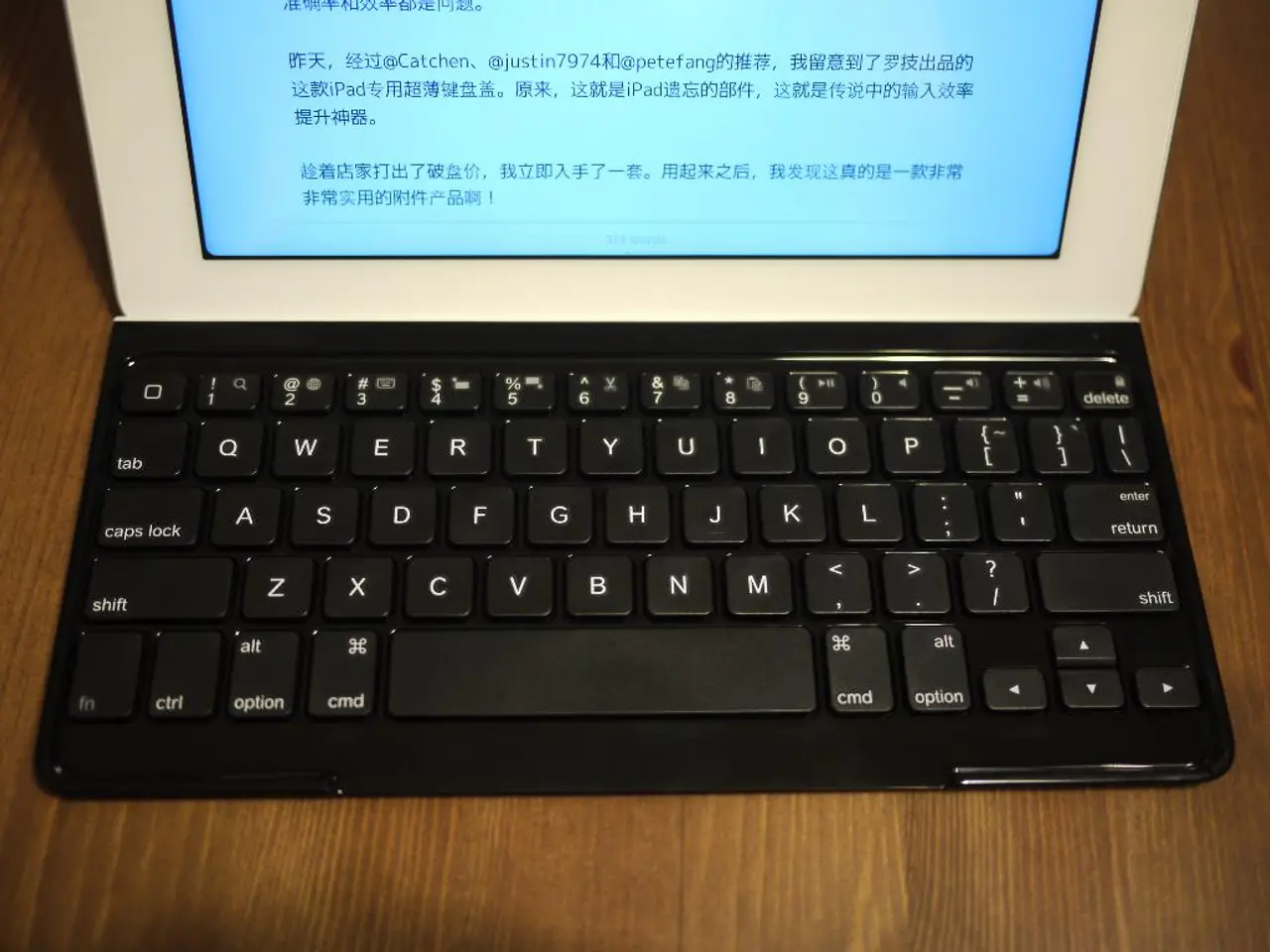Military Laptop Computers: A Key Component in Defense Strategy
Ruggedized Military Laptops: Reliable Combat Companions
Ruggedized military laptops are designed to be the indispensable tools for modern defense operations. These devices are engineered to perform reliably in even the most challenging environments, ensuring data integrity and mission readiness in critical defense and field applications.
The key features of ruggedized military laptop computers center on their ability to endure extreme conditions and cybersecurity threats. These laptops are built to withstand significant drops, shocks, vibrations, and harsh temperatures, as well as dust, moisture, and cyberattacks.
One of the primary certifications that military laptops adhere to is Military-Grade Durability (MIL-STD-810G), which guarantees the laptops can operate in temperatures ranging from -20°F to 140°F or higher. This certification covers a wide range of environmental stresses such as humidity, temperature fluctuations, and mechanical shocks, ensuring operation in harsh field conditions.
In addition, rugged laptops boast Ingress Protection (IP) Ratings (often IP65 or higher), certifying that they are dust-tight and resistant to water jets from all directions. This protection is crucial for outdoor military and industrial applications where environmental contamination is a risk.
The rugged construction materials used in these laptops include durable materials like magnesium or aluminum alloys, combined with rubberized bumpers and reinforced corners to absorb shocks and protect against impact damage from drops or rough handling.
Rugged laptops also feature specialized displays with high brightness for visibility in bright outdoor conditions and gloved-touch capabilities, enabling use in cold or wet situations while wearing gloves.
Enhanced connectivity and usability are also a hallmark of ruggedized military laptops. These devices often have a mix of legacy ports for compatibility with military or industrial equipment and modern interfaces such as Thunderbolt 4. Hot-swappable batteries extend operation time by allowing continuous use without shutdown, which is critical for long missions.
To protect sensitive military data, rugged laptops are equipped with secure boot mechanisms, encryption technologies, and tamper-proof hardware designs. These measures help safeguard against cyber threats and unauthorized data access during operations.
In addition to their rugged design, military laptops offer a host of practical features. They can be used for logistics and maintenance support, providing access to technical manuals and repair guides in the field. These laptops are also lightweight and portable, making them ideal for use in defense operations for mapping, data analysis, and communication.
Military laptops are also essential tools for field data collection and analysis. They can collect critical information from sources such as personnel, surveillance systems, sensor networks, and weapons and equipment logs.
Moreover, using VR/AR-based technology, realistic combat and medical emergency scenarios, and vehicle handling & maintenance training simulations can be created, providing valuable training opportunities for personnel.
Military laptops also function as mobile command and control centers for remote operations, allowing units to access data from multiple sources, including GPS coordinates, drone feeds, and reconnaissance reports.
Tactical radio interfaces in military laptops ensure seamless interoperability across various communication systems during missions. These laptops can also control unmanned aerial vehicles (UAVs), robotic systems, and weapon platforms, enhancing situational awareness and operational efficiency.
In summary, ruggedized military laptops are essential tools for modern defense operations. Their ability to perform reliably in highly demanding environments, combined with their robust cybersecurity features, makes them reliable and secure computing platforms capable of sustaining performance across extreme temperatures, moisture, dust, and shock conditions. These laptops play a crucial role in ensuring data integrity, mission readiness, and overall operational efficiency in critical defense and field environments.
[1] MIL-STD-810G: Test Method Standard for Environmental Engineering Considerations and Laboratory Tests. (2008). Retrieved from https://www.mil-standards.com/mil-std-810g.html [2] MIL-STD-461: Military Standard for Electromagnetic Interference Susceptibility Testing. (1995). Retrieved from https://www.mil-standards.com/mil-std-461.html [3] Cevians: Advanced Display Solutions for Military Laptops, Tablets, and Vehicle Display Applications. (n.d.). Retrieved from https://www.cevians.com/ [4] MIL-STD-1275: Military Standard for Specifications for Controlled Electrical Interfaces. (1993). Retrieved from https://www.mil-standards.com/mil-std-1275.html [5] MIL-STD-1275B: Military Standard for Specifications for Controlled Electrical Interfaces. (1993). Retrieved from https://www.mil-standards.com/mil-std-1275b.html
Scientists and engineers continually innovate ruggedized military laptops to excel in various scientific and technological areas, adopting advanced features such as temperature resistance (MIL-STD-810G at -20°F to 140°F or higher) and high-brightness displays (like those from Cevians). Additionally, these military laptops integrate cutting-edge technology like tamper-proof hardware, secure boot mechanisms, and encryption, safeguarding sensitive data from cyberattacks.




